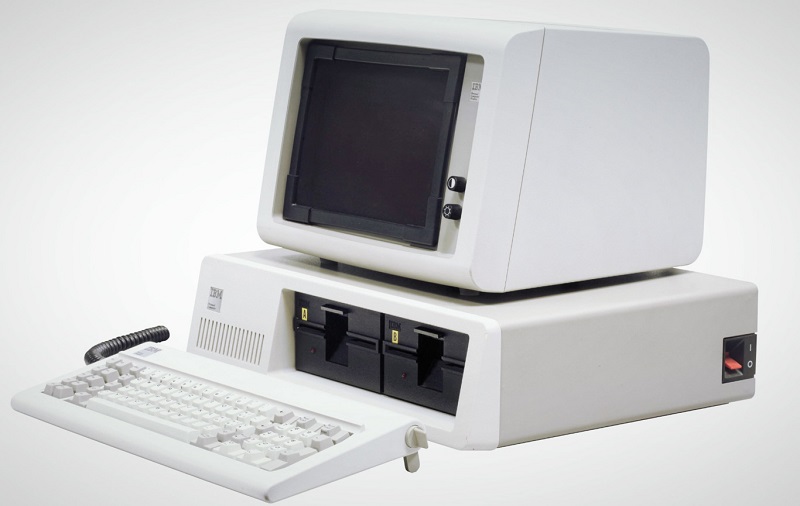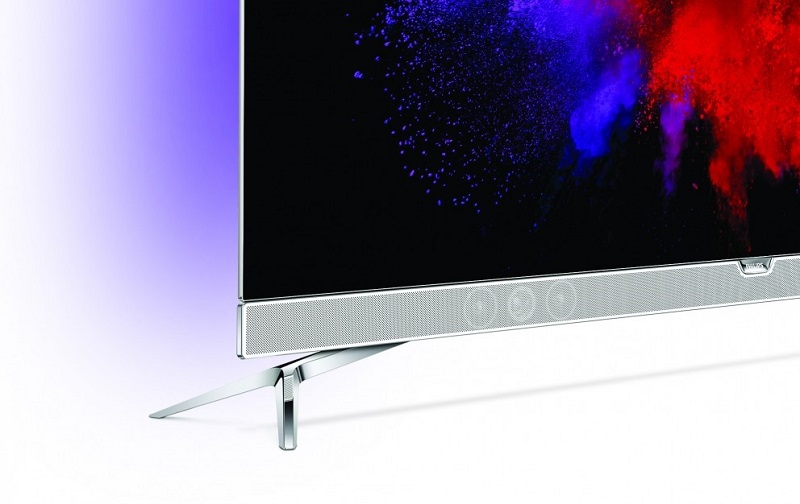IBM was the master of the bits and bytes in the early 80. At that time, Apple, Microsoft and the manufacturers of those legendary 8 – bit computers also blunted, but it did not matter: the blue giant dominated with firm hand enterprise computing, and displays a button. The PC was not called PC was called IBM PC.
Those responsible for that company had us all well bound, and they did so with a technique most effective: although published much of the source code of the operating system that governed those antediluvian PCs, which did not allow replicate was the BIOS code, that system that allowed them to be the only ones to offer their PCs Phoenix Technologies And then came to change the world – our world with a much less dark technique than it might seem reverse engineering.

Clean room
Bernard A. Galler told the story of that milestone years in Software and Intellectual Property Protection, “a book that recounted how IBM were happy and ate partridges to control its ecosystem so efficiently. No one could cough them, but also developers knew there was a lot of money in that segment, so no problems accepting the terms of IBM. Does anyone philosophy (cof, Apple, cof cof) sounds?
In his book Gallaer explained how some manufacturers tried at times to market PCs with cookie cutter copies of your BIOS, and IBM stopped their feet based lawsuits. That’s where Phoenix Technologies used the concept known as “clean room” or ‘clean room’ (also known as “Chinese wall”) to try to replicate this important subsystem.
As explained in Computer World years later, Phoenix Technologies established two very different groups of engineers and completely separated visually. The first group of engineers studied the IBM BIOS, which occupied about 8 KB code and described everything that subsystem was doing without reference to the code as such. Simply they showed them to members of the second group of engineers how the BIOS behaved step by step.
The big winner? Microsoft
From these functional instructions, the second group had a mission equally critical: try to replicate what he did that subsystem, but programming it from scratch and unable to copy a single line of code BIOS IBM because literally had not had direct access to it.
The result was amazing: they managed to perfectly replicate the IBM BIOS even some unintended coincidences in the code- and that was the trigger for the industry could access as an alternative to that restrictive code. The PC clone was born, and IBM lost control of the hardware. Who was the big winner of this story? IBM was not, of course, but neither was Phoenix Technologies.
It was Microsoft.
The appearance of the clone PCs allowed -first operating systems MS-DOS, then Windows- will eventually be the fact standard for a segment that grew like wildfire through reverse engineering a solution that few ended up finding out.
Phoenix was not the only one to have that idea: Compaq precisely they used that concept of “clean room” two years before and ended up being able to create what is known as the first “IBM – compatible PC 100%, the Compaq Portable, which would become one success brutal sales, although Compaq also that BIOS for their own PCs and laptops saved. AMI was another company that copied the model of Phoenix Technologies, and dozens (hundreds?) of manufacturers eventually licensing those BIOS to offer its teams worldwide.
You may also like to read another article on BlogsMujer: Is it time has come to take Chrome OS seriously?
The impact was also made itself felt in other areas
That achievement would be many years later dramatized in an episode of series Halt and Catch Fire, production of AMC which among other things recreated the genesis of that business model PCs clonic that ended the stranglehold of IBM (specifically mentioned in the series, although other names were fictitious).
As indicated in the Wikipedia, IBM finally recognized that he could not sue Phoenix Technologies by this approach to the problem, and that worked for a large number of manufacturers who took advantage of that option.
Others were not so lucky, and manufacturers like Corona Data Systems, Eagle Computer and Handwell Corporation were sued and forced to pay large sums for violating the copyright of the BIOS of IBM, a company that at least in that case was actually behaved like a ‘patent troll’ more, taking money from patents that made it very difficult competition.
IBM actually continued taking advantage of that model, because even years later, in the early 90’s, were closed million – dollar deals for the same topic: manufacturers like Panasonic and Kyocera had replicated the BIOS without the approximation of Phoenix Technologies, something they would dearly afterwards. It did not matter, of course, the world had changed, and aces up his sleeve no longer had IBM, but Microsoft. For more Click here http://pearsonstyle.com/.



